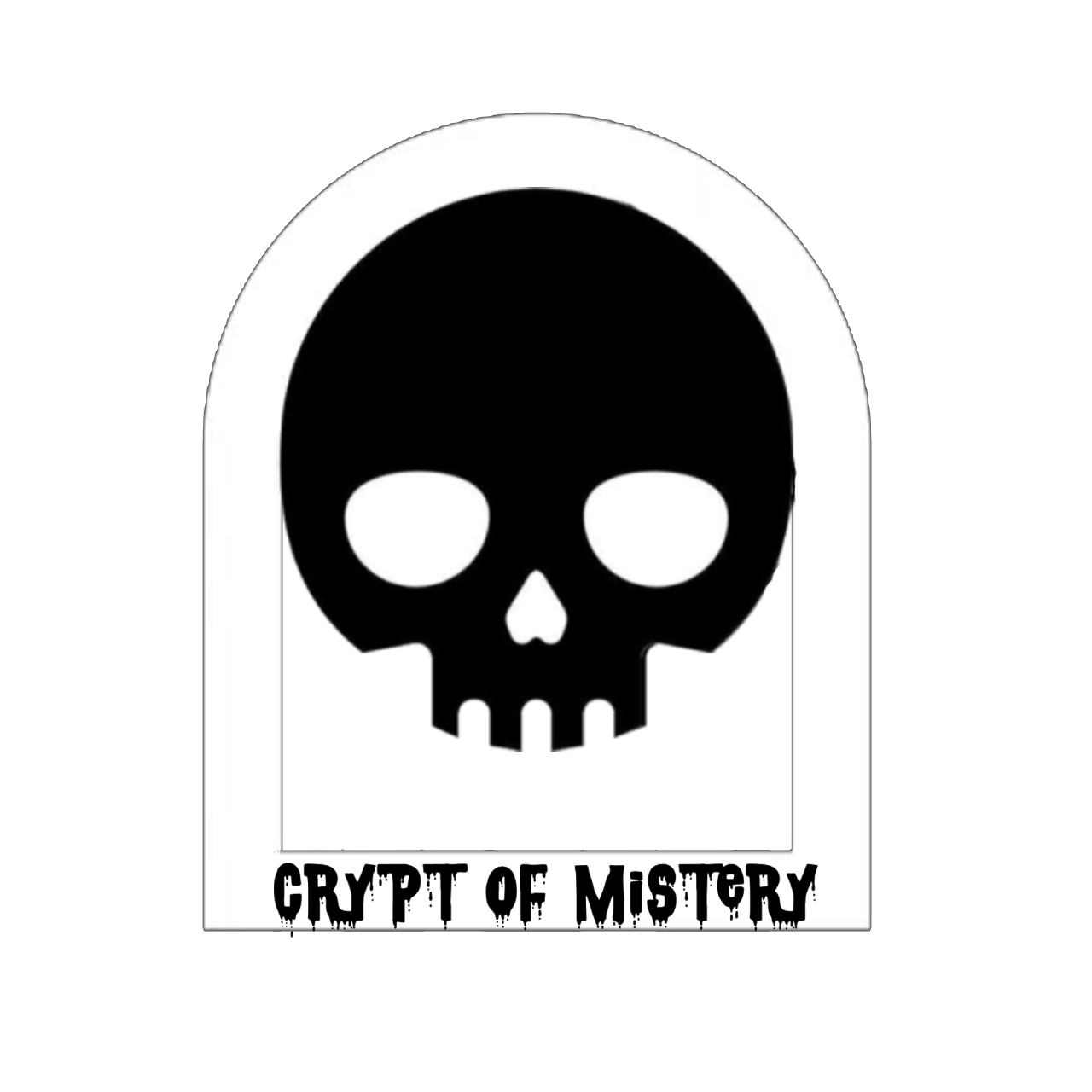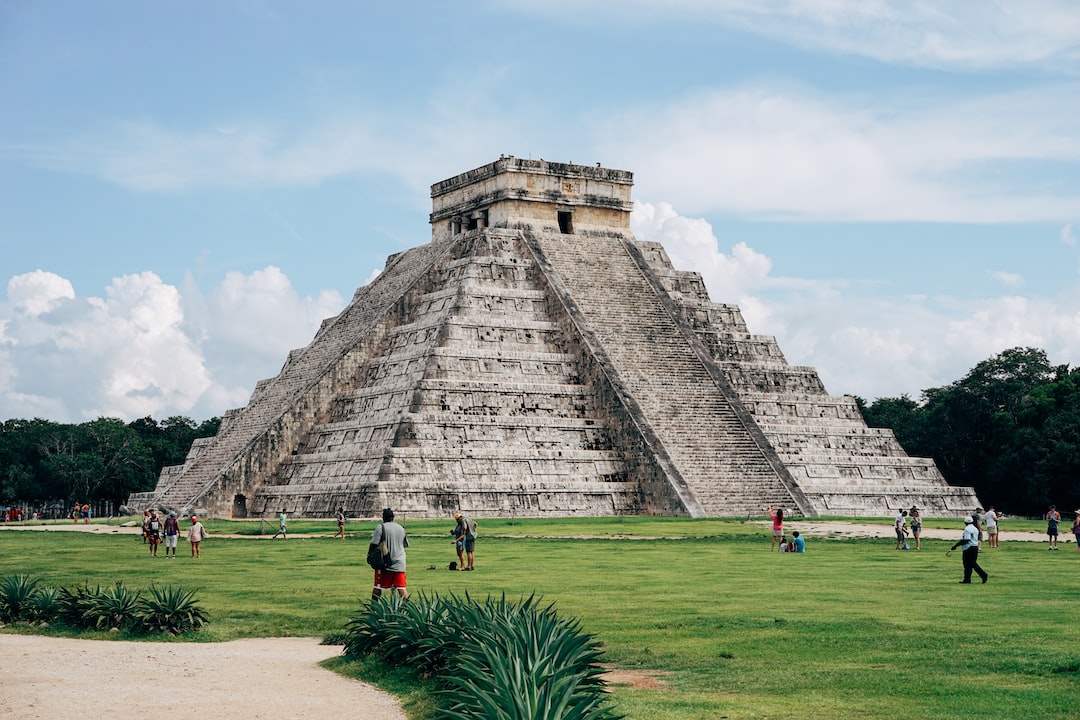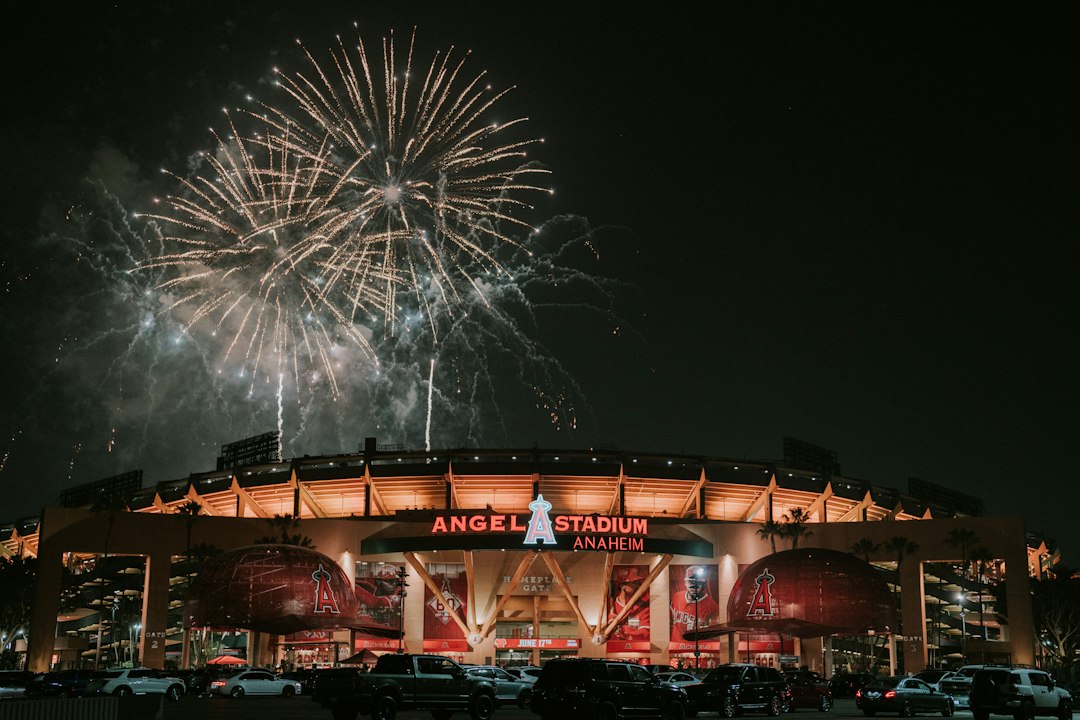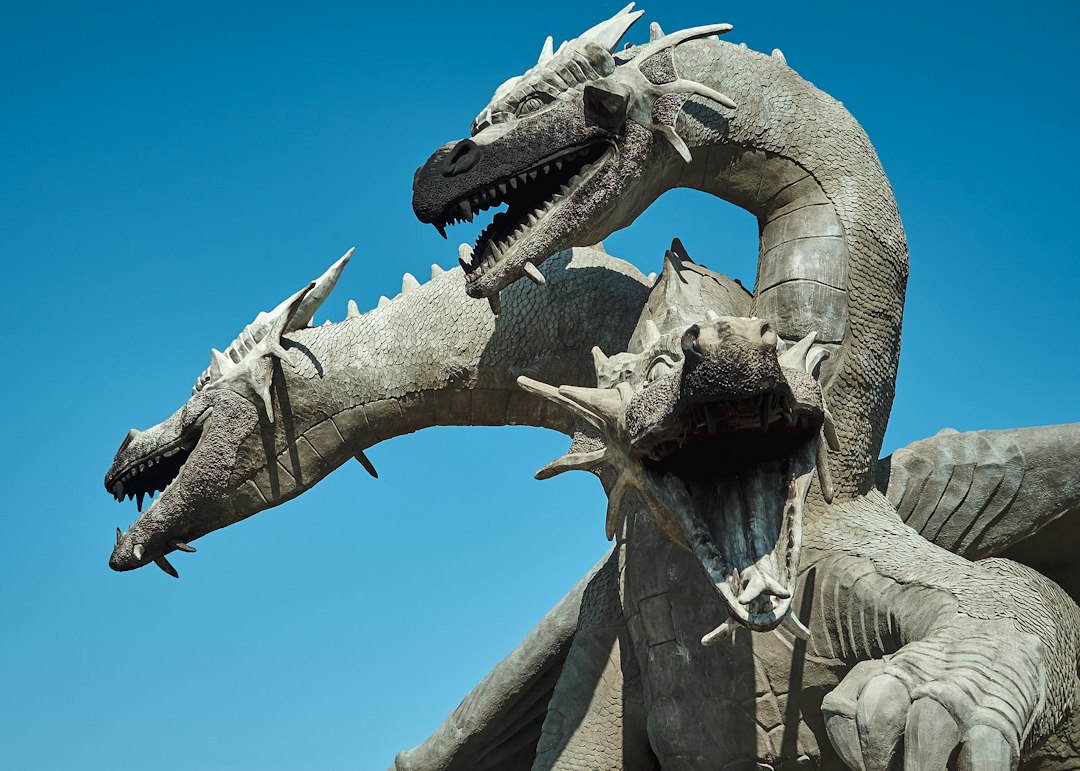Xolotl is a prominent figure in Aztec mythology, known as the deity of transformation. He is often depicted as a dog-headed figure, representing his ability to shape-shift and navigate between different realms. Xolotl holds a significant place in Aztec cosmology and religious practices, as he is believed to be the twin brother of Quetzalcoatl, the feathered serpent god. In this article, we will explore the mythical powers of Xolotl, his role in Aztec cosmology, the symbolism associated with him, his presence in Mexican culture, his representation in art and literature, the rituals and ceremonies dedicated to him, his connections with other Aztec deities, his role in Aztec afterlife beliefs, and his enduring legacy.
Key Takeaways
- Xolotl is an Aztec deity of transformation with a significant role in Aztec cosmology and mythology.
- Xolotl’s powers include guiding souls to the afterlife, transforming into various animals, and being a companion to the sun god.
- Xolotl’s symbolism includes a dog-like appearance, association with the planet Venus, and representation of the evening star.
- Xolotl continues to influence Mexican culture today through art, literature, and religious practices.
- Xolotl’s legacy inspires creativity and imagination, as seen in modern works of art and literature.
The Mythical Powers of Xolotl: A Deep Dive into Aztec Beliefs
Xolotl possesses a range of mythical powers and abilities that make him a significant figure in Aztec mythology. One of his most notable powers is his ability to shape-shift. As a shapeshifter, Xolotl can transform into various forms, including animals and other mythical creatures. This power allows him to navigate between different realms and act as a guide to the underworld.
In addition to his shape-shifting abilities, Xolotl is also believed to have control over fire. He is often associated with the evening star, which is seen as a manifestation of his fiery power. This connection to fire symbolizes Xolotl’s role as a transformative force in Aztec mythology.
Xolotl’s Role in Aztec Cosmology: Understanding the Deity’s Importance
Xolotl holds a significant place in Aztec cosmology and is closely linked to other deities in the pantheon. As the twin brother of Quetzalcoatl, Xolotl is often seen as his companion and guide. Together, they represent the duality of life and death, light and darkness, and creation and destruction.
Xolotl is also associated with Tezcatlipoca, the god of night and sorcery. This connection further emphasizes his role as a transformative deity, as Tezcatlipoca is known for his ability to change shape and deceive others.
The Symbolism of Xolotl: Decoding the Aztec Deity’s Iconography
| Symbol | Meaning |
|---|---|
| Dog | Represents Xolotl, the god of death and lightning |
| Feathers | Symbolize transformation and the ability to travel between worlds |
| Fire | Represents Xolotl’s association with lightning and the underworld |
| Bones | Symbolize death and the afterlife |
| Maize | Represents fertility and the cycle of life and death |
| Knife | Symbolizes sacrifice and the shedding of blood |
| Skull | Represents death and the afterlife |
| Snake | Symbolizes transformation and the ability to shed one’s skin |
Xolotl is often depicted as a dog-headed figure, which holds deep symbolism in Aztec mythology. The dog was seen as a sacred animal associated with death and the underworld. By embodying the form of a dog, Xolotl represents his role as a guide to the underworld and his ability to navigate between different realms.
In addition to his dog-like appearance, Xolotl is often depicted with skeletal features, such as exposed bones or a skull-like face. This imagery further reinforces his association with death and the afterlife.
Xolotl in Mexican Culture: How the Deity Continues to Influence Society Today
Despite the decline of Aztec civilization, Xolotl’s influence can still be seen in Mexican culture today. He is often celebrated during festivals and ceremonies, where his role as a transformative deity is honored. One such celebration is the Day of the Dead, where Xolotl is believed to guide the souls of the deceased to the afterlife.
Xolotl’s presence can also be seen in Mexican art and literature. His distinctive appearance and mythical powers have inspired countless artists and writers throughout history. From pre-Columbian times to the present day, Xolotl continues to be a source of inspiration for creative expression.
Xolotl in Art and Literature: Examining the Representation of the Deity in Mexican Works

Xolotl’s representation in art and literature is diverse and spans across different time periods. In pre-Columbian art, he is often depicted in stone carvings and murals, showcasing his dog-like features and skeletal form. These representations highlight his role as a guide to the underworld and his association with death.
In modern Mexican art, Xolotl is often portrayed in vibrant colors and bold imagery. Artists draw upon his mythical powers and transformative nature to create visually striking pieces that capture the essence of Aztec mythology.
In literature, Xolotl appears in various forms, from ancient Aztec codices to contemporary novels. His character is often used to explore themes of transformation, duality, and the afterlife. Writers draw upon his rich mythology to create compelling narratives that resonate with readers.
The Rituals and Ceremonies Dedicated to Xolotl: A Look at Aztec Religious Practices
In Aztec religious practices, Xolotl plays a significant role in rituals and ceremonies. He is often invoked during offerings and sacrifices, as his transformative powers are believed to facilitate communication between the human world and the divine realm.
One such ritual dedicated to Xolotl is the New Fire Ceremony, which takes place every 52 years. During this ceremony, a fire is extinguished and then rekindled, symbolizing the renewal of time and the cyclical nature of life. Xolotl’s presence is invoked to ensure a successful transition into the new cycle.
The Connection Between Xolotl and Other Aztec Deities: Exploring the Pantheon
Xolotl’s connections with other Aztec deities are complex and multifaceted. As mentioned earlier, he is closely linked to Quetzalcoatl, with whom he shares a twin-like relationship. Together, they represent the duality of existence and the balance between opposing forces.
Xolotl is also associated with Tezcatlipoca, the god of night and sorcery. This connection highlights his role as a transformative deity and his ability to navigate between different realms.
Xolotl and the Underworld: The Deity’s Role in Aztec Afterlife Beliefs
In Aztec afterlife beliefs, Xolotl plays a crucial role as a guide to the underworld. It is believed that he accompanies the souls of the deceased on their journey to Mictlan, the realm of the dead. As a shapeshifter, Xolotl is able to navigate the treacherous paths of the underworld and ensure a safe passage for the souls.
Xolotl’s association with death and the afterlife is further emphasized by his dog-like appearance. Dogs were seen as guardians of the underworld and were believed to assist souls in their journey to the afterlife.
The Legacy of Xolotl: How the Deity’s Mythical Powers Continue to Inspire Creativity and Imagination
Xolotl’s mythical powers and transformative nature continue to inspire creativity and imagination in various forms of artistic expression. His enduring legacy can be seen in Mexican art, literature, and popular culture.
In art, Xolotl’s distinctive appearance and mythical powers have been depicted in countless paintings, sculptures, and murals. Artists draw upon his symbolism to explore themes of transformation, duality, and the afterlife.
In literature, Xolotl’s character has been featured in numerous novels, poems, and short stories. Writers use his mythology as a source of inspiration for creating compelling narratives that delve into the depths of human existence.
In popular culture, Xolotl has made appearances in movies, video games, and other forms of entertainment. His mythical powers and dog-like appearance have captured the imagination of audiences worldwide, further cementing his place in popular culture.
Conclusion: Recap of Xolotl’s significance in Aztec mythology and his continued relevance in Mexican culture and beyond.
Xolotl, the Aztec deity of transformation, holds a significant place in Aztec mythology and religious practices. His mythical powers, including shape-shifting and his role as a guide to the underworld, make him a prominent figure in Aztec cosmology. Xolotl’s symbolism, represented by his dog-like appearance and skeletal features, further reinforces his association with death and the afterlife. Despite the decline of Aztec civilization, Xolotl’s influence can still be seen in Mexican culture today. He continues to inspire artists, writers, and creators across different mediums, showcasing the enduring legacy of his mythical powers.
FAQs
What is Xolotl?
Xolotl is a deity in Aztec mythology, often depicted as a dog-headed god. He was associated with various aspects of life and death, including lightning, fire, and the underworld.
What was Xolotl’s role in Aztec mythology?
Xolotl was considered a god of transformation and change. He was often associated with the planet Venus and was believed to guide the souls of the dead to the underworld. He was also associated with the god Quetzalcoatl and was sometimes depicted as his twin brother.
What was Xolotl’s appearance?
Xolotl was often depicted as a dog-headed god, with a human body and a dog’s head. He was sometimes shown with a forked tongue and a distinctive black stripe down his back.
What were some of the rituals associated with Xolotl?
Xolotl was often associated with death and the underworld, and many rituals were performed in his honor. These included offerings of flowers, incense, and food, as well as blood sacrifices of animals and humans.
What is the significance of Xolotl in modern times?
Although the Aztec civilization no longer exists, Xolotl remains an important figure in Mexican folklore and mythology. He is often depicted in art and literature, and his image can be found on many modern-day objects, such as t-shirts and jewelry.







